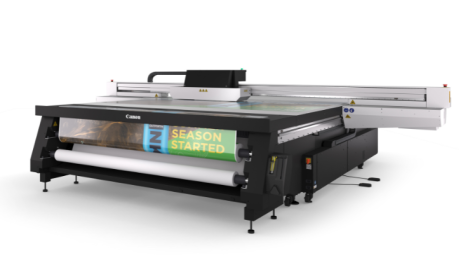The weekly Verdigris blog by Laurel Brunner
When ISO 16759 was published in July 2013 expectations were mixed. Would the market really care or was this standard ahead of its time? Given the state of the economy pretty much everywhere, the more realistic expectation was that it would be received to general apathy. Interest in environmental matters for the graphic arts was also on the wane, so carbon footprinting for print media was probably low on most company agendas. In our dreams (sad I know) we hoped that the market would respond enthusiastically. We hoped that we would see a widespread blossoming of carbon calculators for print media compliant with ISO 16759’s requirements.
The reality turned out to be surprisingly positive. This is very encouraging for the little club that is Verdigris and the ISO working group developing environmental impact standards for the graphic arts. There are at least five carbon calculators that we are aware of, with two of them formally certified. Manufacturers are the cohort most visibly using ISO 16759, mostly as part of their carbon programmes and sustainability messaging. ISO 16759 is a useful tool for reducing, balancing and offsetting carbon emissions and this has value to printers, although not necessarily if they have to pay for it themselves. But that’s another story.
Interestingly the ISO 16759 standard has also been taken up by some print procurement companies. For instance, the Encompass Program team works with global brands “to ensure that their printed materials conform to the highest possible environmental standards”. This group has developed systems so that to print buyers can measure print media carbon footprints that meet ISO 16759’s requirements. Encompass is working on an online portal that includes an ISO 16759 calculator, so that print buyers can “make carbon cutting decisions at the point of specification”. Buyers will also be able to keep track of their CO2e savings over time.
But the best indicator of a standard’s relevance to the market is the sales figures from ISO and national standrads bodies around the world. The details cannot be publicised but for ISO 16759 they are good enough to put the standard high in the sales lists, despite having been published less than a year ago. Printing companies, print procurement agents and buyers will define the next stage in this standard’s uptake. So far the signs are patchy but encouraging, particularly in Scandinavia where a number of printers have included carbon calculators in their print ordering websites.
http://verdigrisproject.com/blog/standards-and-the-market
This article is part of the Verdigris series of stories about understanding the environmental impact of print. The Verdigris Project is supported by Agfa Graphics, Canon Europe, Digital Dots, drupa, EcoPrint, EFI, Fespa, HP, Pragati Offset, Ricoh, Splash PR, Unity Publishing and Xeikon.





